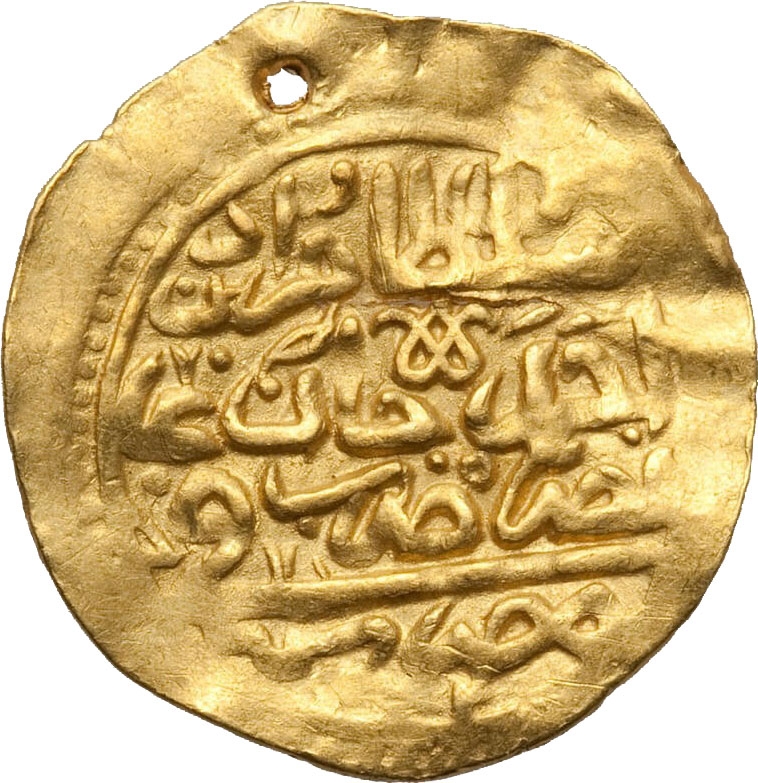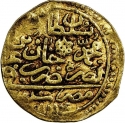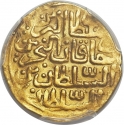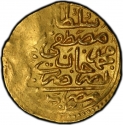You are about to finish your registration. Please check your mailbox (including spam folder). There should be a letter with a confirmation link. Check setting to make sure that your e-mail address is correct.
Send letter againDescription
Murad IV (1612–1640) was the Sultan of the Ottoman Empire from 1623 to 1640, known both for restoring the authority of the state and for the brutality of his methods. Murad IV was born in Constantinople, the son of Sultan Ahmed I (r. 1603–17) and Kösem Sultan. He was brought to power by a palace conspiracy when he was just 11 years old, and he succeeded his uncle Mustafa I (r. 1617–18, 1622–23). Until he assumed absolute power on 18 May 1632, the empire was ruled by his mother, Kösem Sultan, as nāʾib-i salṭanat (regent). His reign is most notable for the Ottoman–Safavid War, of which the outcome would partition the Caucasus between the two Imperial powers for around two centuries, while it also roughly laid the foundation for the current Turkey–Iran–Iraq borders.
The Eyalet of Egypt operated as an administrative division of the Ottoman Empire from 1517 to 1867. It originated as a result of the conquest of Mamluk Egypt by the Ottomans in 1517, following the Ottoman–Mamluk War (1516–17) and the absorption of Syria into the Empire in 1516. Egypt always proved a difficult province for the Ottoman Sultans to control, due in part to the continuing power and influence of the Mamluks, the Egyptian military caste who had ruled the country for centuries.
Obverse

|
Tughra in Murad IV name, Ottoman Turkish legend "Struck in Egypt" and the accession year in Hejira (AH1032) below. سلطان مراد بن |
|---|---|
Reverse

|
Depicts 4-non-line Arabic legend: Sultan of the two lands, Khaqan (emperor) of the two seas, the sultan son of the sultan. سلطان البرين |
| Edge |







